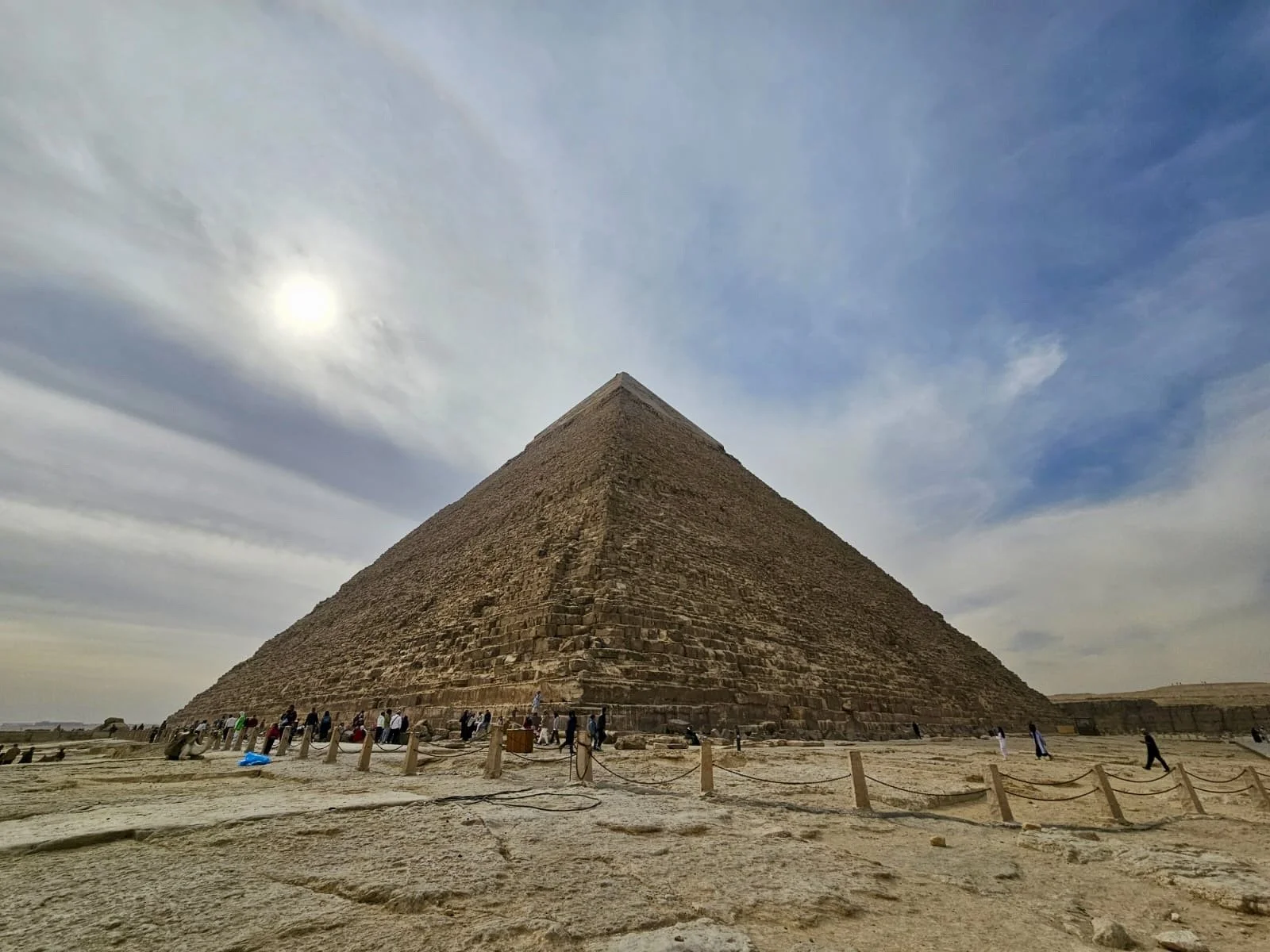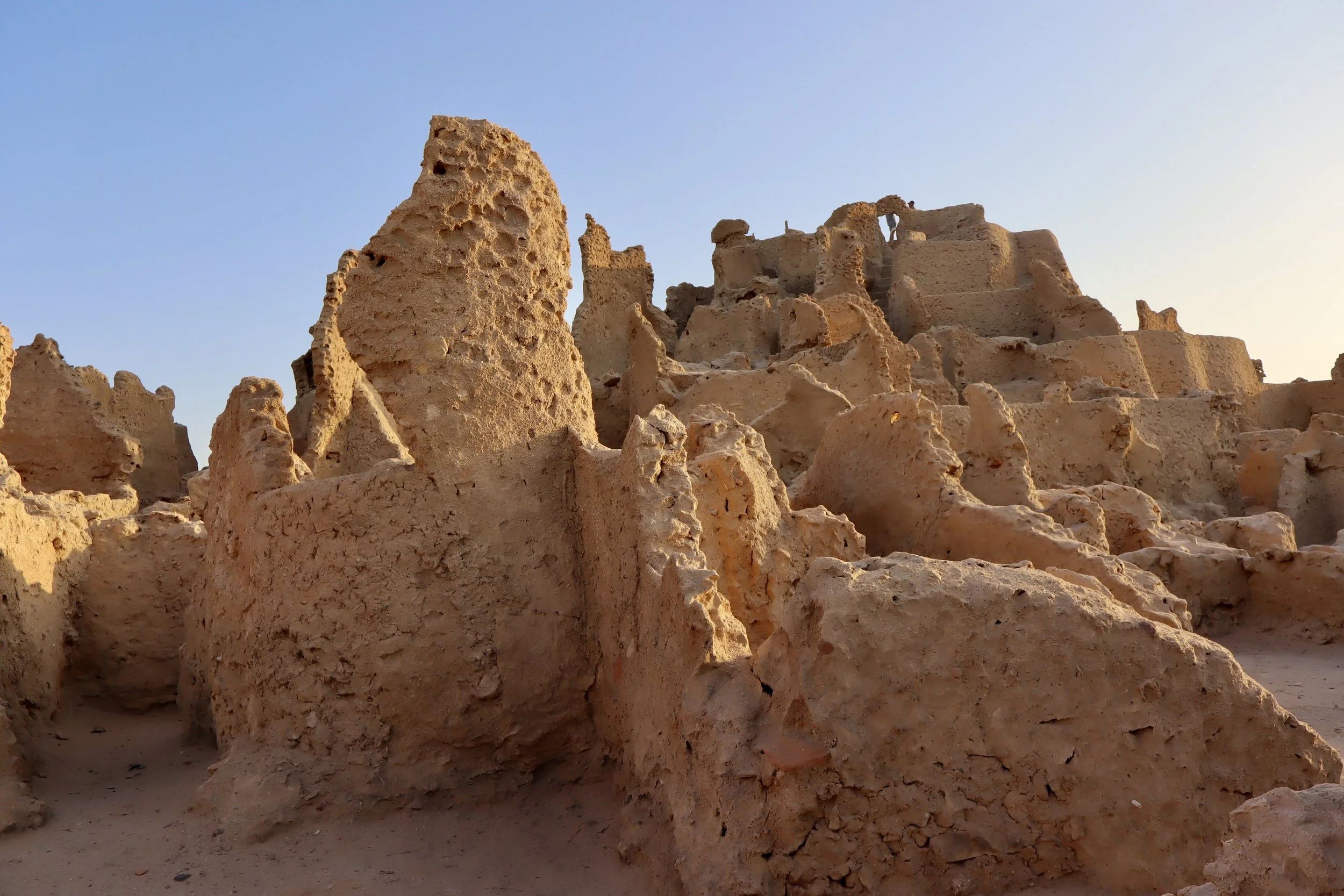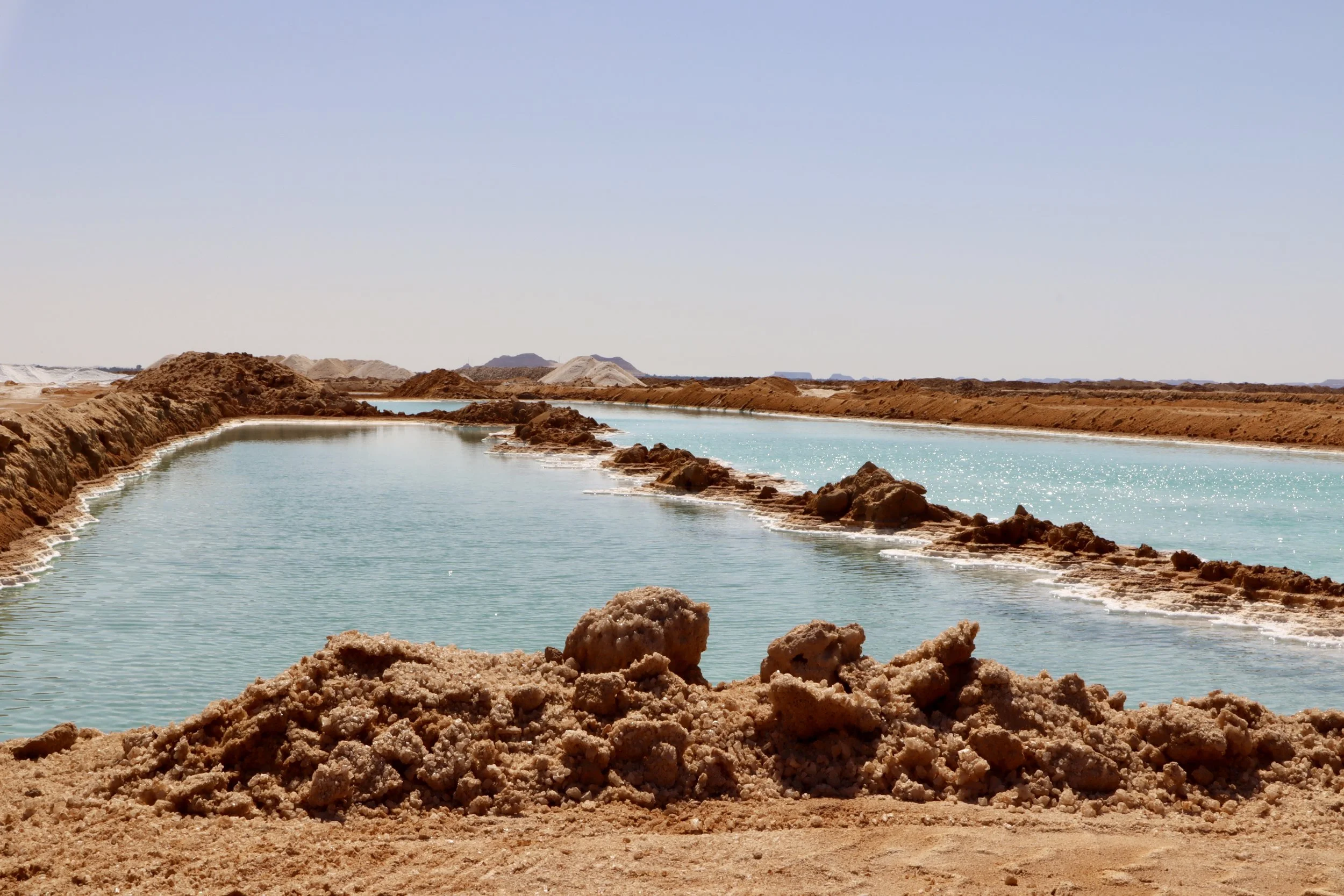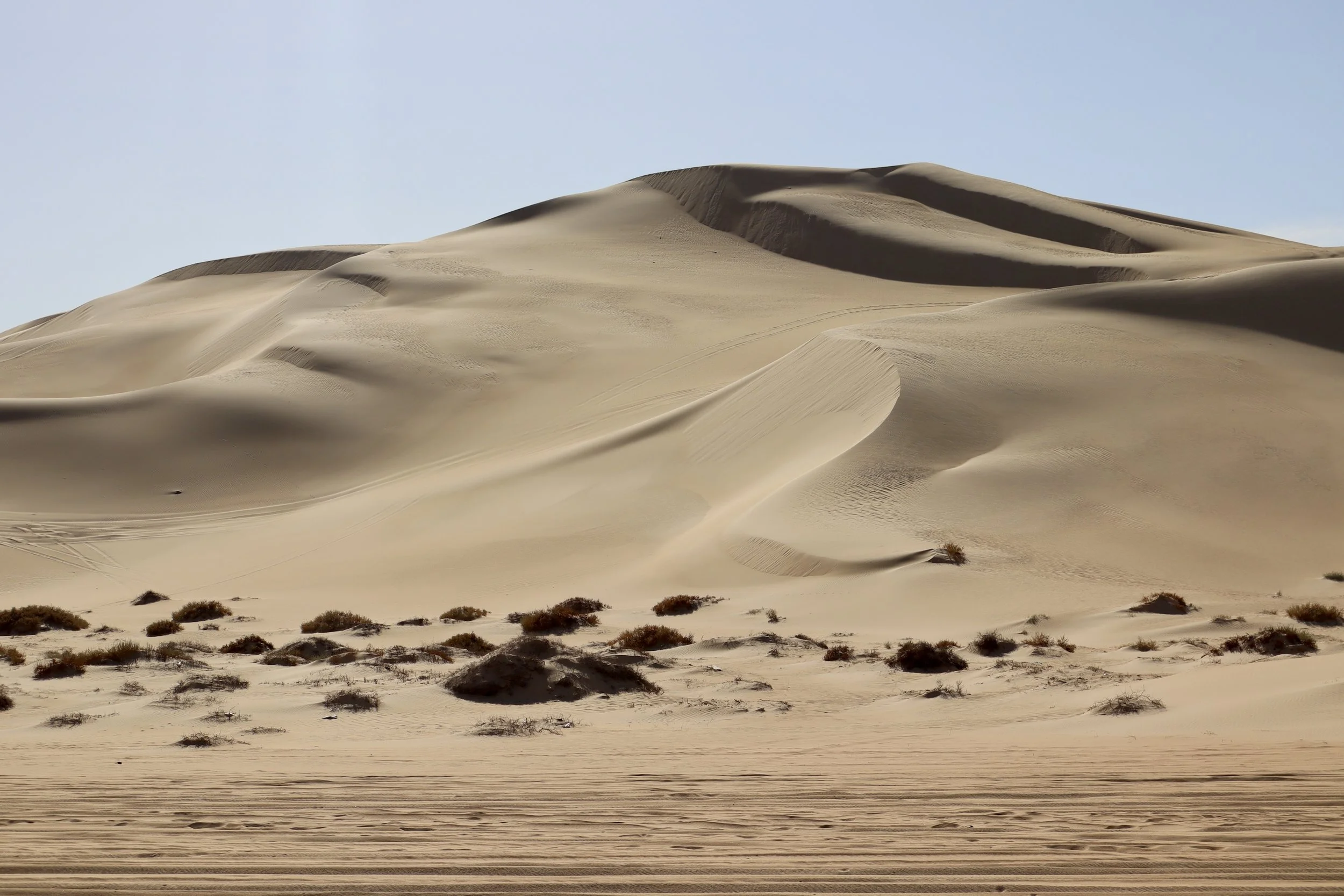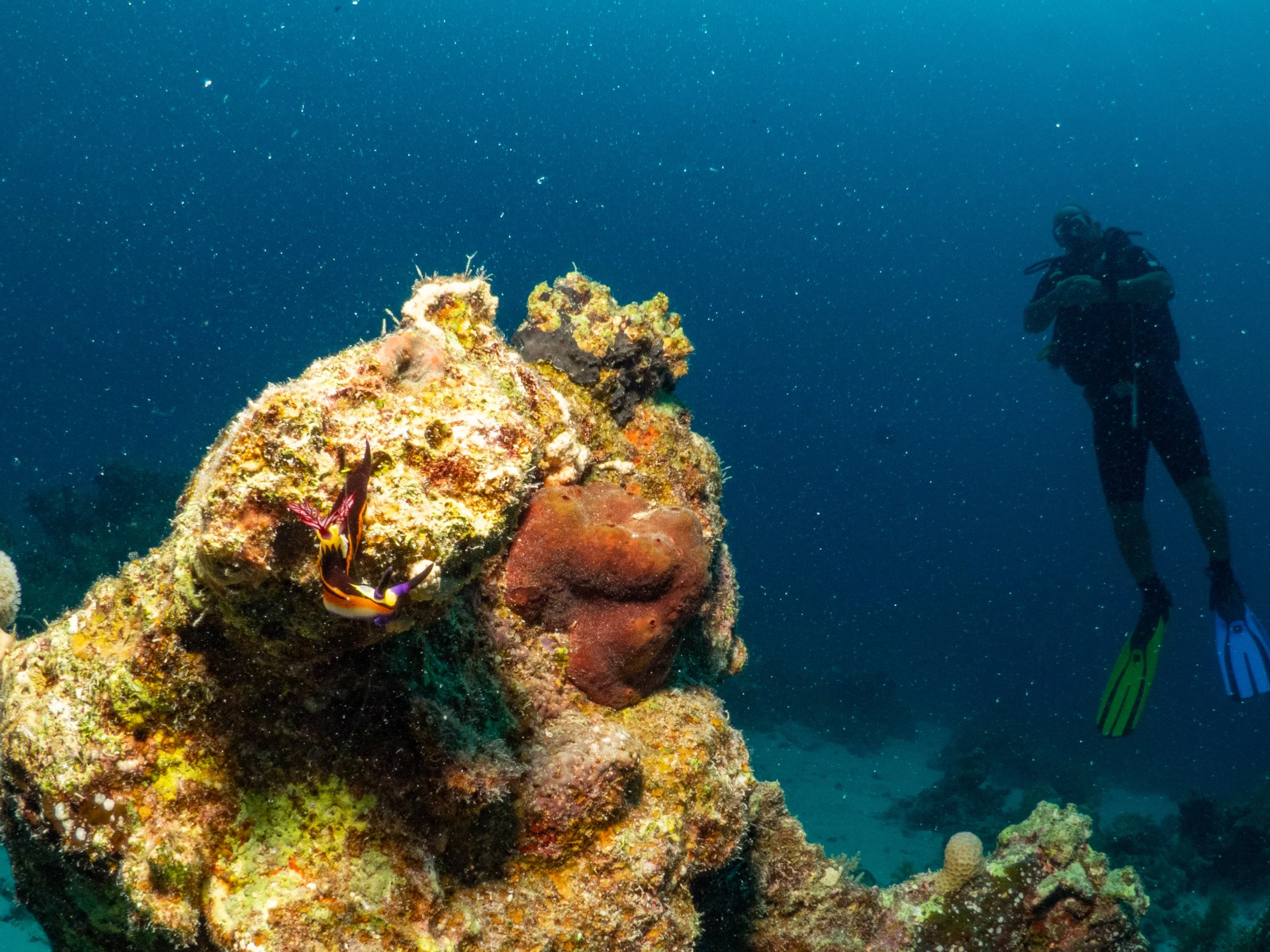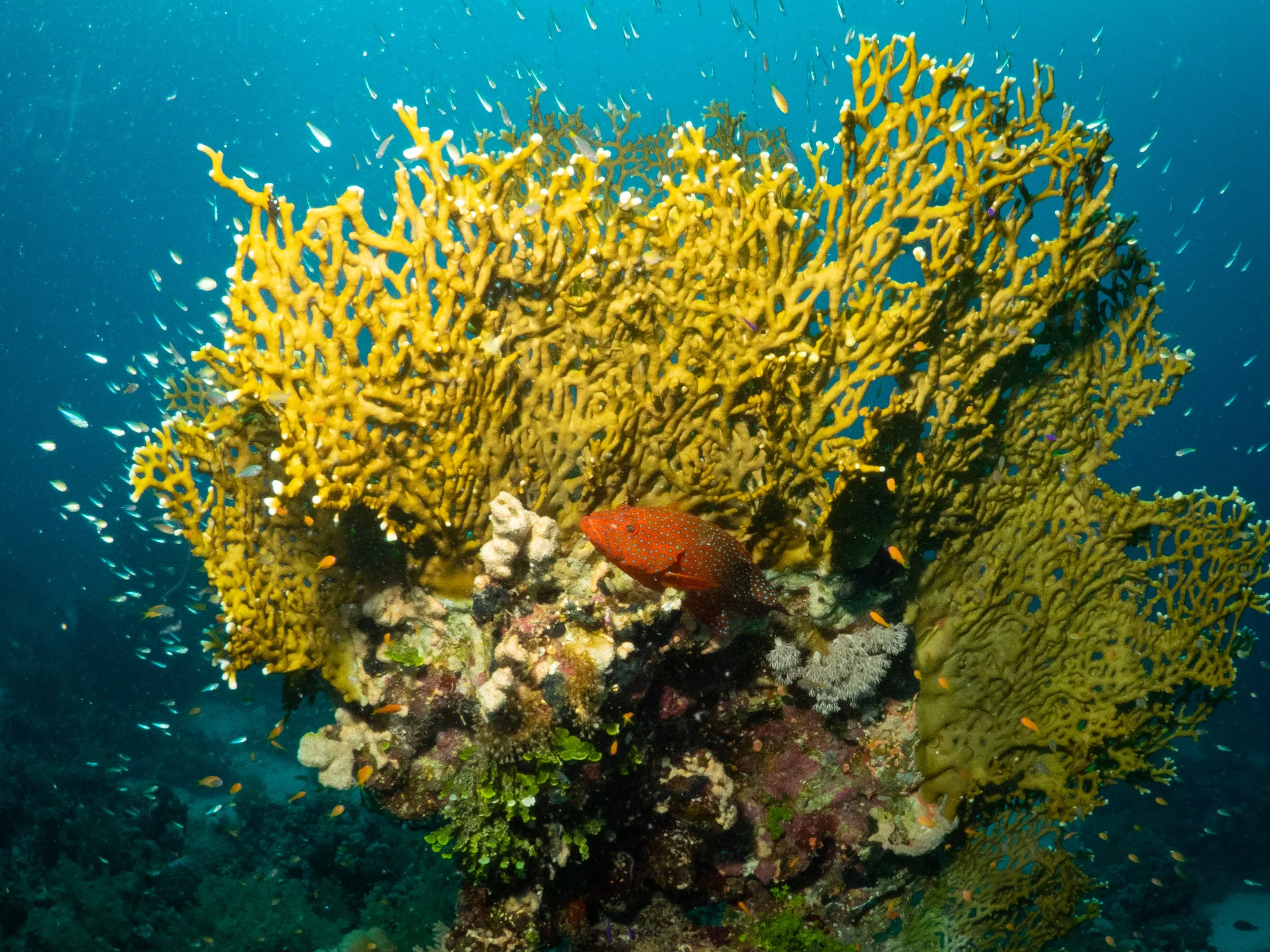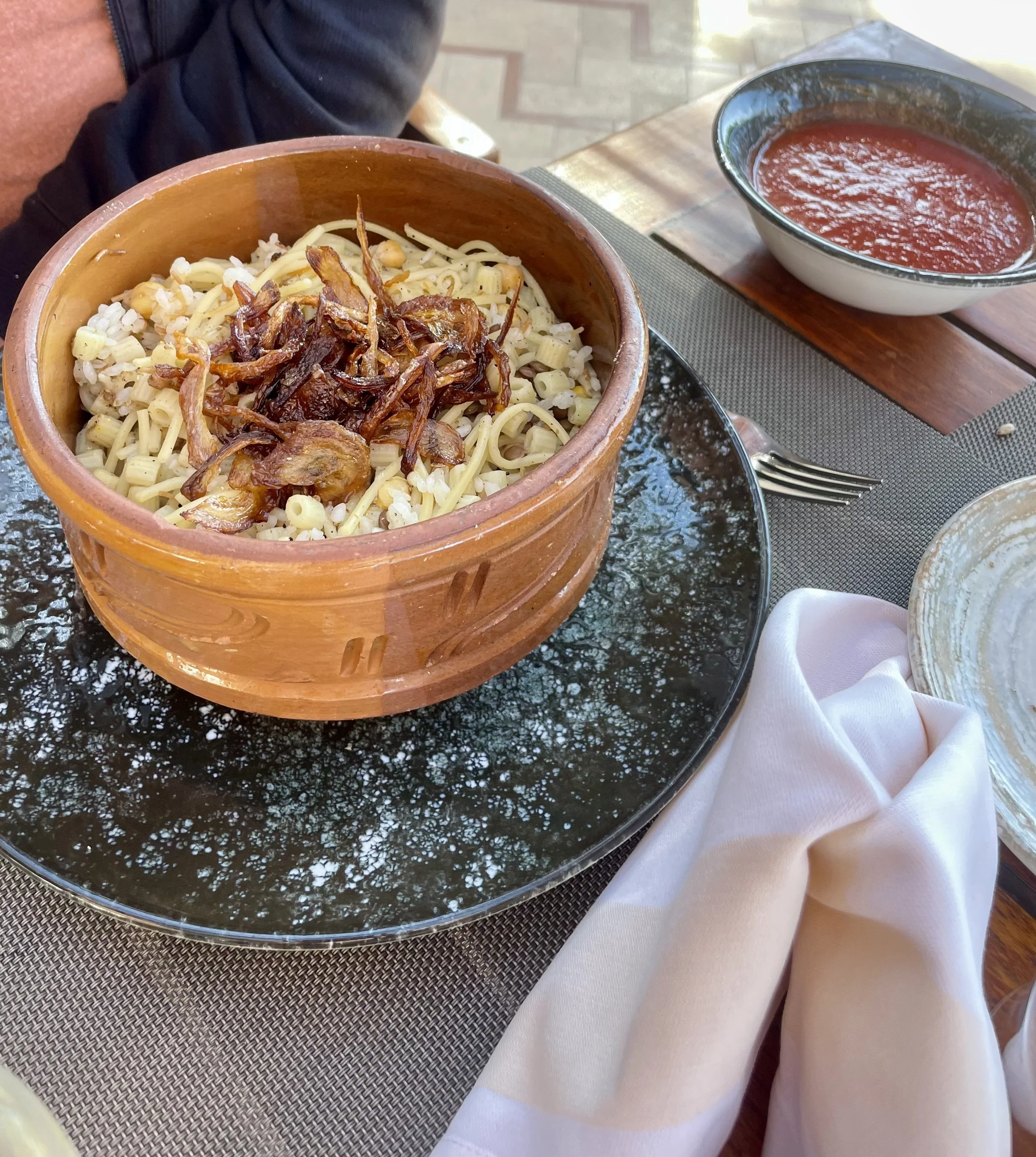Discover Egypt: Land of Pharaohs, Pyramids, and Timeless Wonders
Egypt is a country where ancient history and vibrant culture collide in the most captivating way. From the majestic pyramids of Giza to the winding alleys of Cairo's old bazaars, every corner tells a story thousands of years in the making. Whether you're cruising down the Nile, wandering through the temples of Luxor, or marveling at the treasures of Tutankhamun, Egypt offers an unforgettable journey through one of the world’s most fascinating civilizations. Get ready to explore grand monuments, hidden tombs, and sun-soaked deserts that echo with the voices of the past.
Siwa Oasis
Siwa Oasis: Egypt’s Hidden Gem in the Western Desert
Tucked away near the Libyan border in Egypt’s vast Western Desert lies Siwa Oasis—a mystical and remote haven unlike anywhere else in the country. Surrounded by endless dunes and date palms, this ancient settlement is a place where time seems to slow down, tradition remains deeply rooted, and natural beauty reigns supreme.
A Place Steeped in History
Siwa has been inhabited since at least the 10th century BC and was once part of an important trade route. It rose to fame during the reign of Alexander the Great, who visited the famed Oracle of Amun located in the Temple of Amun at the heart of the oasis. Legend has it that the oracle confirmed his divine status, further fueling the legacy of the great conqueror.
The ruins of the Oracle Temple, along with the hauntingly beautiful mud-brick remains of the ancient Shali Fortress, still stand as echoes of Siwa’s storied past. These sites, weathered but resilient, are a testament to the oasis's cultural and spiritual significance over millennia.
Culture and Traditions
Siwa is home to the Siwan people, a distinct Berber ethnic group with their own language (Siwi), customs, and crafts. Life here moves to the rhythm of nature and ancient tradition. From intricately embroidered clothing to ornate silver jewelry and handwoven baskets, Siwan craftsmanship is a proud part of the community’s identity.
Visitors often find the atmosphere in Siwa refreshingly authentic—untouched by mass tourism and deeply tied to the land and its heritage.
Natural Wonders and Healing Springs
Beyond its historical allure, Siwa boasts stunning natural attractions. Crystal-clear salt lakes shimmer under the desert sun, while bubbling hot and cold springs like Cleopatra’s Bath offer both refreshment and legendary healing properties. The oasis is also surrounded by the Great Sand Sea, where adventurous travelers can try sandboarding, desert safaris, or simply marvel at the surreal landscapes.
Sustainable Living and Slow Travel
Siwa’s remoteness has helped preserve its delicate environment and way of life. Many eco-lodges and guesthouses built from traditional kershef (a mixture of salt and mud) offer travelers a sustainable and serene experience—ideal for those seeking escape, wellness, or spiritual renewal.
Why Visit Siwa?
Because Siwa is not just a place—it’s an experience. It’s the silence of the desert, the warmth of the people, the glow of the salt lakes at sunset, and the feeling of walking through ruins older than empires. For travelers craving something real, ancient, and beautiful, Siwa offers a journey into another world—one that still honors its history while quietly embracing the future.
Marsa Alam
Egypt’s Hidden Red Sea Gem
If you’re searching for a destination that blends pristine beaches, untouched coral reefs, and authentic desert adventures, Marsa Alam is one of Egypt’s best-kept secrets. Located on the Red Sea’s western shore, about 270 km south of Hurghada, this coastal town has transformed from a quiet fishing village into a dream getaway for divers, nature lovers, and those craving serenity away from crowded resorts.
Unlike the bustling resorts of Sharm El-Sheikh or Hurghada, Marsa Alam offers a more peaceful, unspoiled charm. It’s a place where you can lounge by turquoise waters one day, dive among vibrant marine life the next, and explore ancient desert landscapes the day after.
Top Things to Do in Marsa Alam
🌊 1. Diving & Snorkeling Paradise
Marsa Alam is a global hotspot for divers, thanks to its rich coral reefs and abundant sea life. Highlights include:
Dolphin House (Sha’ab Samadai Reef): Swim with wild spinner dolphins in their natural habitat.
Elphinstone Reef: World-famous for hammerhead sharks, oceanic whitetips, and stunning drop-offs.
Marsa Mubarak & Abu Dabbab Bay: Famous for its dugongs (sea cows) and giant green sea turtles.
Whether you’re a seasoned diver or just starting out, the crystal-clear waters make Marsa Alam unforgettable.
🏝 2. Beaches Worth Dreaming About
Marsa Alam boasts some of the Red Sea’s most beautiful beaches, each offering soft golden sand and calm, warm waters. Abu Dabbab Beach is especially popular for snorkeling straight from the shore, while more secluded bays promise peace and privacy.
🏜 3. Desert Adventures
Step beyond the shoreline and discover the Eastern Desert. Excursions include:
Jeep & quad safaris across dramatic sand dunes.
Visits to Bedouin villages where you can share tea, ride camels, and experience traditional life.
Stargazing in the clear desert sky, away from city lights.
🐠 4. Wadi El Gemal National Park
This vast national park covers both land and sea, protecting coral reefs, mangroves, and endangered species like the dugong. On land, you’ll find gazelles, ibex, and traces of Roman and Ptolemaic mines. It’s a perfect mix of eco-tourism and history.
🏺 5. History & Culture
While Marsa Alam is mainly known for its natural beauty, it also has cultural treasures nearby:
Emerald Mines (Mons Smaragdus): Ancient Roman emerald mines once prized by Cleopatra.
Temple of Seti I at Khanais: A lesser-known but fascinating archaeological site carved into the desert cliffs.
Best Time to Visit
Marsa Alam enjoys sunshine year-round.
October to April is perfect for cooler, comfortable weather (ideal for excursions).
May to September is hotter but excellent for diving and beach lovers.
Practical Travel Tips
Airport: Marsa Alam International Airport makes it easy to fly directly in.
Accommodation: From luxury resorts to eco-lodges, there’s something for every traveler.
Crowds: Far fewer tourists than other Red Sea resorts, so you’ll often feel you have the place to yourself.
Final Thoughts
Marsa Alam is more than just a beach destination—it’s a place where the sea, desert, and history come together in harmony. Whether you’re diving among dolphins, exploring ancient emerald mines, or sipping tea under the stars, you’ll leave with memories that feel truly unique.
If you’re dreaming of the Red Sea but want something quieter and more authentic than the usual hotspots, Marsa Alam should be at the top of your travel list.
Top 10 Must-Try Foods in Egypt
Koshari – A beloved Egyptian street food made with lentils, rice, macaroni, chickpeas, and crispy fried onions, topped with tangy tomato sauce and optional chili.
Ful Medames – Mashed fava beans slowly stewed and seasoned with olive oil, lemon, and cumin, traditionally eaten for breakfast with bread.
Taameya – Egypt’s version of falafel, made with crushed fava beans, fresh herbs, and spices, often served in pita with salad and tahini.
Molokhia – A thick, garlicky green soup made from chopped jute leaves, typically served over rice or with flatbread and meat like chicken or rabbit.
Hamam Mahshi – Tender pigeon stuffed with herbed rice or cracked wheat (freekeh), a rich and traditional dish usually served on special occasions.
Mahshi – Vegetables such as zucchini, bell peppers, or grape leaves, filled with a seasoned rice mixture and simmered in a light tomato broth.
Hawawshi – A spiced minced meat mixture stuffed into pita bread and baked until crispy—think of it as Egypt’s answer to a meat pie.
Fattah – Layers of crispy bread and rice topped with meat and a garlicky vinegar-tomato sauce, commonly served during religious feasts.
Kebda Eskandarani – Alexandrian-style liver sautéed with garlic, green chilies, and cumin, usually eaten in sandwiches with tahini or pickles.
Shawarma – Though originally Levantine, this marinated, slow-roasted meat wrapped in flatbread with garlic sauce is wildly popular across Egypt.
